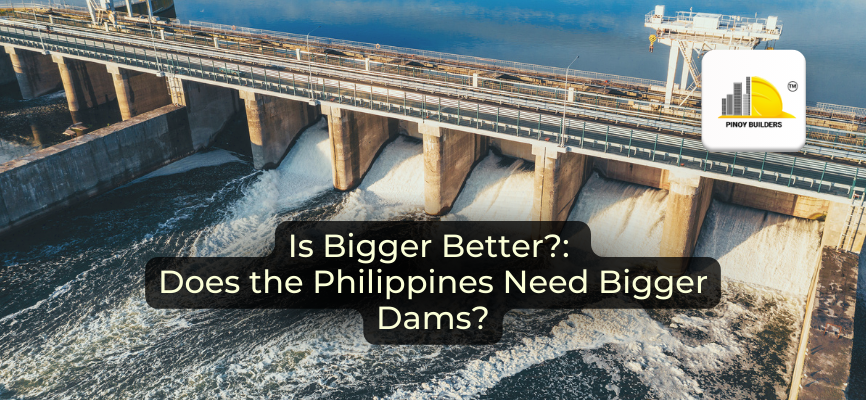Does the Philippines really need more dams?
This question touches on a critical issue facing the country today. Dams serve multiple functions: flood control, drought resolution, sustainable electricity, and more. Without them, the nation would struggle to address these challenges.
The government’s strategy hinges on building large-scale dams. In March, the Marcos Jr. administration announced plans to construct 20 more dams by the end of the president’s term. With the population projected to reach 142 million by 2045, the pressure to secure adequate water and power resources is intensifying. At this critical juncture, a careful examination of the potential benefits and drawbacks of expanding dam infrastructure is more important than ever.
In this article, we’ll explore the major dams in the Philippines, other rainwater collection systems the country can adopt, and whether the Philippines truly needs more dams.
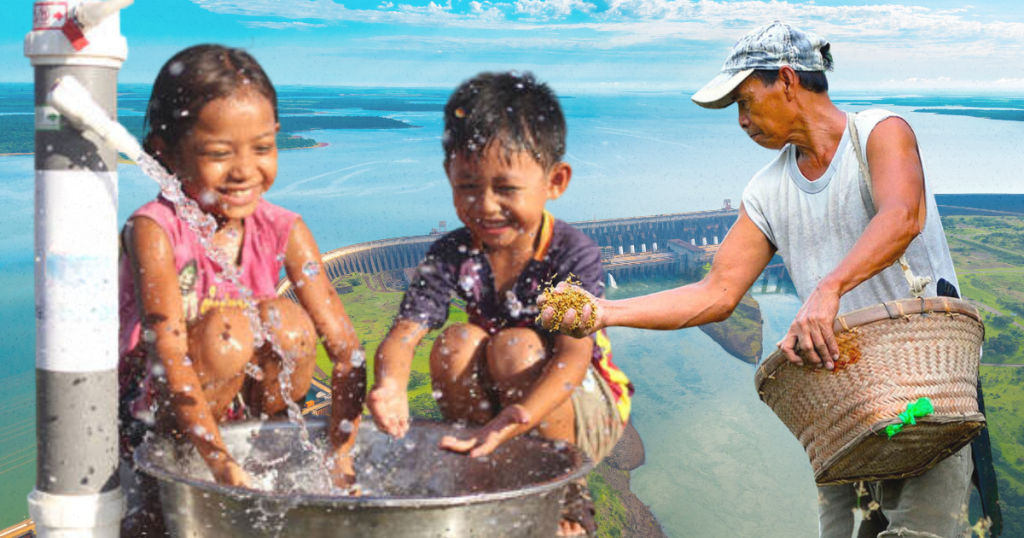
What Are the Biggest Dams in the Philippines?
The Philippines is home to several significant dams that play crucial roles in water supply and power generation. Below are some of the major dams in the country.
Angat Dam
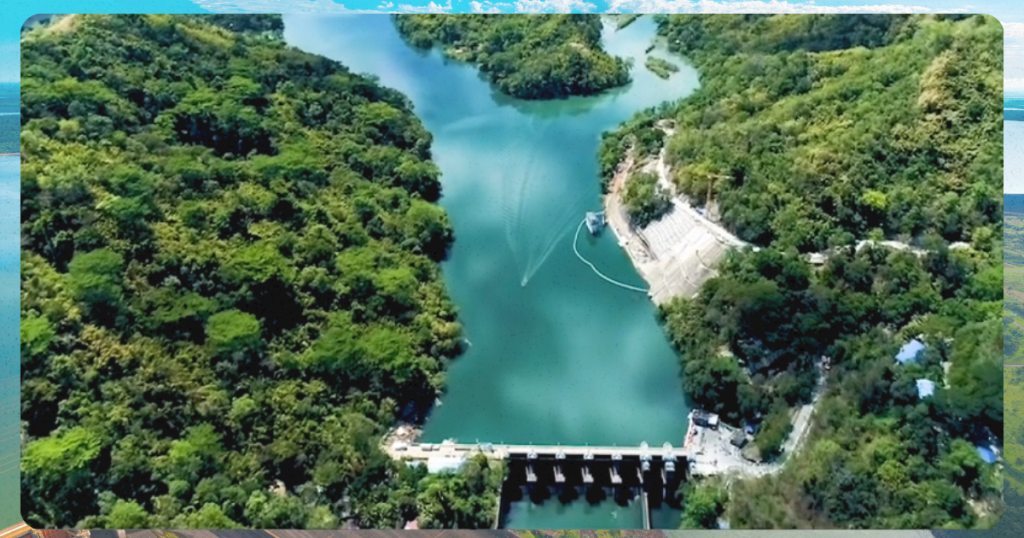
Located in Bulacan, the Angat Dam is a primary source of water for Metro Manila and contributes to hydroelectric power generation. With a capacity of 850 million cubic meters, it’s essential for both drinking water and irrigation.
Ipo Dam

Also in Bulacan, the Ipo Dam helps regulate water flow to the Angat Dam and provides irrigation for nearby agricultural lands. Its capacity of 138 million cubic meters is vital for sustaining agricultural productivity in the region.
La Mesa Dam

Situated in Quezon City, serves as a key water supply source for the northern parts of Metro Manila. With a capacity of 50 million cubic meters, it is critical in maintaining water supply during periods of drought.
Ambuklao Dam and Binga Dam
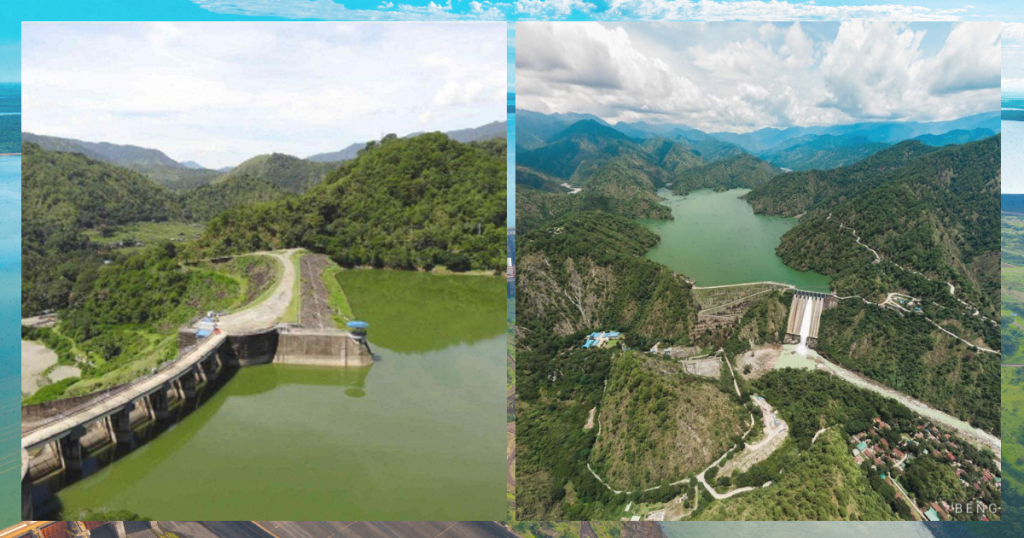
Right: Binga Dam, Left: Ambuklao Dam
Both located in Benguet, the Ambuklao Dam, and the Binga Dam are significant for their roles in flood control and hydroelectric power generation. The Ambuklao Dam has a capacity of 125 million cubic meters, while the Binga Dam can store up to 117 million cubic meters. Together, they help manage water flow and contribute to the Luzon grid’s energy needs.
Types of Rainwater Catching/Collecting Technologies
Rainwater harvesting offers a sustainable alternative to large dams. By collecting and storing rainwater in cisterns and rain barrels, we can reduce our reliance on traditional water sources and conserve precious resources.
Water Collecting Technologies in Other Countries
Countries like South Africa, the U.S.A., and India have pioneered innovative water management technologies that the Philippines could potentially adopt.
South Africa
Facing water scarcity, South Africa uses rainwater harvesting to collect and store rainwater from rooftops for drinking, sanitation, and groundwater replenishment. With advancements in tanks and filtration, this cost-effective method also reduces water bills. The Philippines can adopt these systems to improve its own water security.
U.S.A.
In the U.S.A., rainwater harvesting systems, designed to capture and store rainwater for later use, are widely adopted to combat water scarcity. The Philippines can adapt these systems to reduce dependence on municipal water, decrease contamination, and ensure a reliable water supply during dry periods, offering environmental and economic benefits.
India
In India, rainwater harvesting is essential for conserving groundwater and reducing urban flooding. This system captures runoff from roofs, curbing soil erosion and providing cleaner water sources. The Philippines can adapt these methods to boost water sustainability and resilience, similar to India’s growing efforts in rainwater conservation.
The Philippine Government’s Upcoming Dam Projects
Kaliwa Low Dam
Proposed by the Philippine Government in 2012, the Kaliwa Low Dam was designed with a 600 MLD capacity to ease demand on Manila’s Angat Dam. Part of the New Centennial Water Source-Kaliwa Dam Project in Tanay, Rizal, it included a 2,400 MLD water supply tunnel but was shelved like past projects since the 1970s. Last 2022, the construction of the project finally began.
Jalaur Dam
The PHP19.7 billion JRMP-II, the first major water reservoir outside Luzon, features a 109-meter high dam, a 38.5-meter afterbay dam, and an 80.74 km canal. It will expand the National Irrigation Administration’s service area by 9,500 hectares, benefiting 25,000 farmers with continuous irrigation and hydroelectric power. Located in Iloilo, the Jalaur Dam was inaugurated last just this month by President Marcos, other dignitaries as well as Korean Ambassador to the Philippines Lee Sang-hwa.
The Other Side of the Story: Criticisms and Concerns About Building Dams
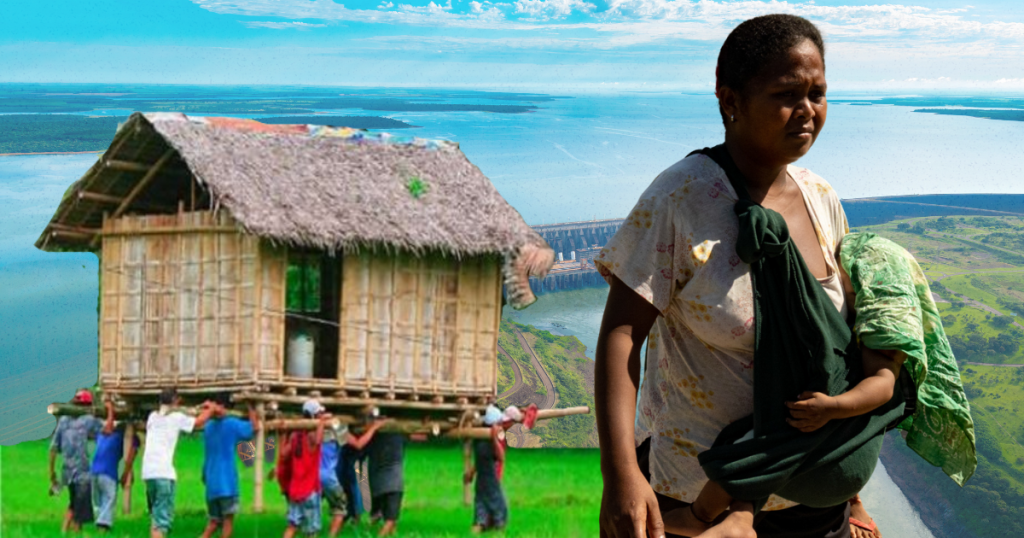
Many research groups have been raising their concerns about the adverse effects of building dams to the Filipinos, especially the indigenous groups that can be displaced by the construction of large-scale dams. Despite the benefits, large dam projects still face criticisms such as those raised by the IBON Foundation since 2018.
Despite the concerns they have raised against the building of dams, the IBON foundation still suggested alternatives that will not affect local communities such as the construction of sustainable community-based water and energy systems such as solar panels, hydroelectric generators, and wind turbines.
Bigger Is Not Necessarily Better: Finding the Solution
The question of whether the Philippines needs bigger dams is a tricky one. While these giant water traps can help us with our water and power problems right now, they also have big downsides. Building huge dams can harm the environment, force people from their homes, and even cause earthquakes.
Instead of just relying on bigger dams, it might be smarter to try other ways of solving our water problems. Things like fixing and renovating old drainage systems, saving rainwater, and using water wisely can help a lot. We can also look into new technology that can help us get clean energy without building more dams than the country truly needs.
Finding the right balance between our need for water and power and protecting our environment is important. By carefully thinking about all our choices, we can build a future where everyone has enough water without hurting our planet.
References
IBON Foundation. (2018, October 5). New large dams onerous for Filipinos — IBON. IBON Foundation. Retrieved July 29, 2024, from https://www.ibon.org/new-large-dams-onerous-for-filipinos-ibon/
Lloyd, J., & Agapito, B. (2024, May 17). Top 10 Dams in The Philippines | Download Free PDF | Infrastructure | Water Supply. Scribd. Retrieved July 29, 2024, from https://www.scribd.com/document/458547830/TOP-10-DAMS-IN-THE-PHILIPPINES
Philippine News Agency. (2024, July 16). PBBM: Jalaur dam to boost rice production; help power Panay Island. Philippine News Agency. Retrieved July 29, 2024, from https://www.pna.gov.ph/articles/1229055
Philstar.com. (2024, March 27). Marcos admin eyes building 20 new dams by 2028. Philstar.com. Retrieved July 29, 2024, from https://www.philstar.com/headlines/2024/03/27/2343581/marcos-admin-eyes-building-20-new-dams-2028
SCRIBD. (n.d.). Top 10 Dams in The Philippines. SCRIBD. https://www.esquiremag.ph/long-reads/features/10-Major-Dams-Philippines-a1057-20240725-lfrm
Toledo, E. C. (n.d.). Agos River: Where life flows for the Dumagat people. Philstar.com. Retrieved July 29, 2024, from https://www.philstar.com/newsx/agos-river-where-life-flows-for-the-dumagat-people
Westerman, A. (2023, October 6). The Philippines builds a dam to address a water shortage. NPR. Retrieved July 29, 2024, from https://www.npr.org/2023/10/06/1201087955/philippines-water-shortage-dam


